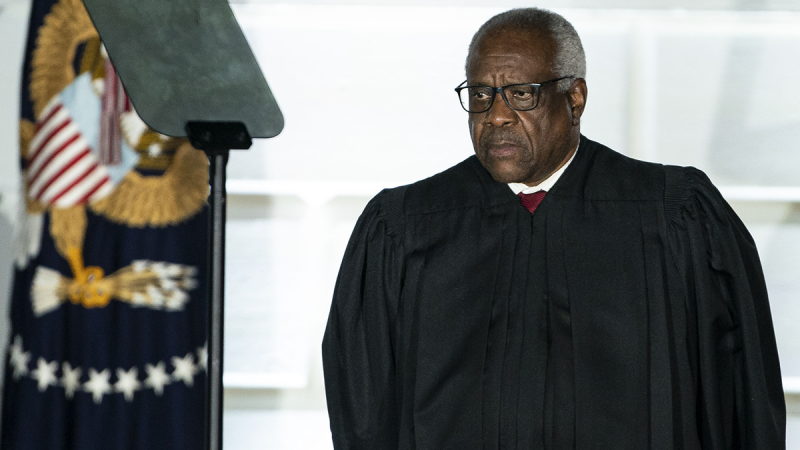In a recent interview, Supreme Court Justice Clarence Thomas shed light on his views regarding the judiciary’s power in the landmark Brown v. Board of Education decision. The case, which was decided in 1954, is widely recognized for its role in desegregating schools and dismantling the separate but equal doctrine established in Plessy v. Ferguson.
Justice Thomas expressed a nuanced perspective on the Supreme Court’s role in effecting social change through judicial decisions. He emphasized the importance of understanding the limitations of the judiciary and respecting the boundaries of its authority. Thomas argued that while the Court can play a crucial role in safeguarding individual rights and constitutional principles, it should not overstep its boundaries and impose its policy preferences on the American people.
One of Justice Thomas’s key points was the distinction between the role of the judiciary and that of the political branches of government. He underscored the need for judges to exercise restraint and adhere strictly to the text and original meaning of the Constitution. Thomas cautioned against judicial activism, whereby judges interpret the Constitution expansively to advance personal ideologies or social agendas.
Furthermore, Justice Thomas highlighted the significance of recognizing the democratic process and allowing societal issues to be resolved through legislative action rather than judicial fiat. He emphasized that the Supreme Court should act as a guardian of the Constitution, preserving its original intent and protecting individual liberties, rather than as a policymaking body.
In reflecting on the Brown v. Board of Education decision, Justice Thomas acknowledged the historic significance of the case in dismantling racial segregation in schools. However, he also raised questions about the manner in which the Court reached its decision and the potential implications of judicial overreach. Thomas’s remarks underscored the complexity of balancing judicial intervention with the principles of constitutional governance and democratic accountability.
Overall, Justice Clarence Thomas’s insights offer a thought-provoking perspective on the role of the judiciary in shaping social change and upholding constitutional principles. His emphasis on judicial restraint, fidelity to the Constitution, and respect for the separation of powers serves as a reminder of the delicate balance required to maintain the rule of law and protect individual rights in a democratic society. As the Supreme Court continues to grapple with pressing legal and social issues, Justice Thomas’s views provide a valuable guidepost for navigating the complexities of judicial decision-making and the boundaries of judicial power.




























